Decorative stair railings are more than just safety features; they are key elements in enhancing the aesthetic appeal of your home. Whether you’re renovating or building from scratch, the right stair railing can make a significant difference. In this article, we will dissect the various styles, materials, maintenance tips, and installation processes, and share personal experiences to help you choose the perfect decorative stair railing.
Understanding Decorative Stair Railings
Before we dive into the specifics, let’s clarify what decorative stair railings are. These railings often feature intricate designs, various materials, and a multitude of styles that can complement any home décor. They serve a dual purpose: ensuring safety and providing a visual interest that can elevate your staircase from ordinary to extraordinary.
The Importance of Stair Railings
- Safety: Railings provide support and prevent falls, ensuring that your stairs are safe for all family members and guests.
- Aesthetic Appeal: Decorative railings enhance the visual attractiveness of your home.
- Value Addition: Upgrading your stair railings can increase the overall value of your property.
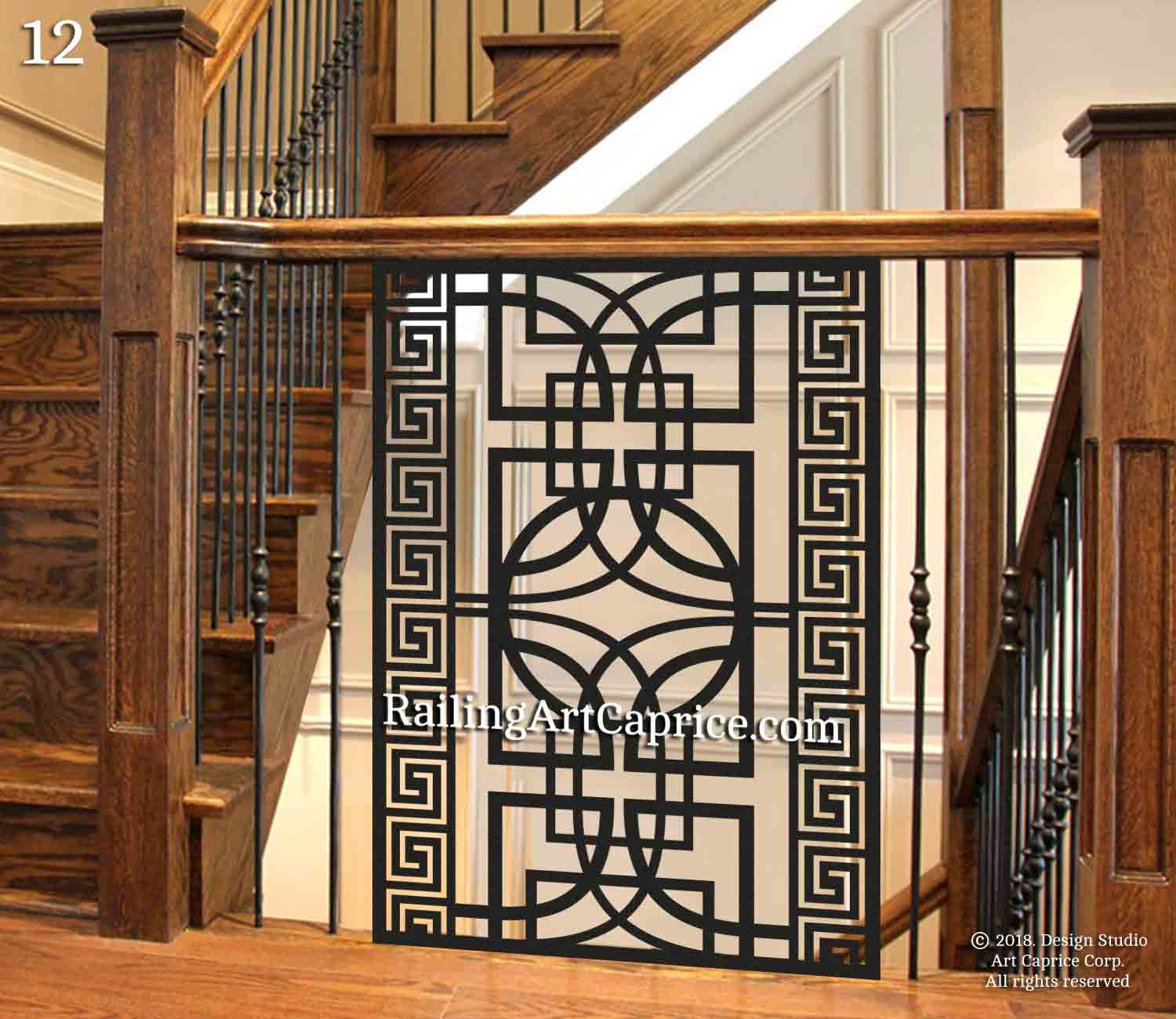
Types of Decorative Stair Railings
Now that we understand their importance, let’s explore the different types of decorative stair railings available.
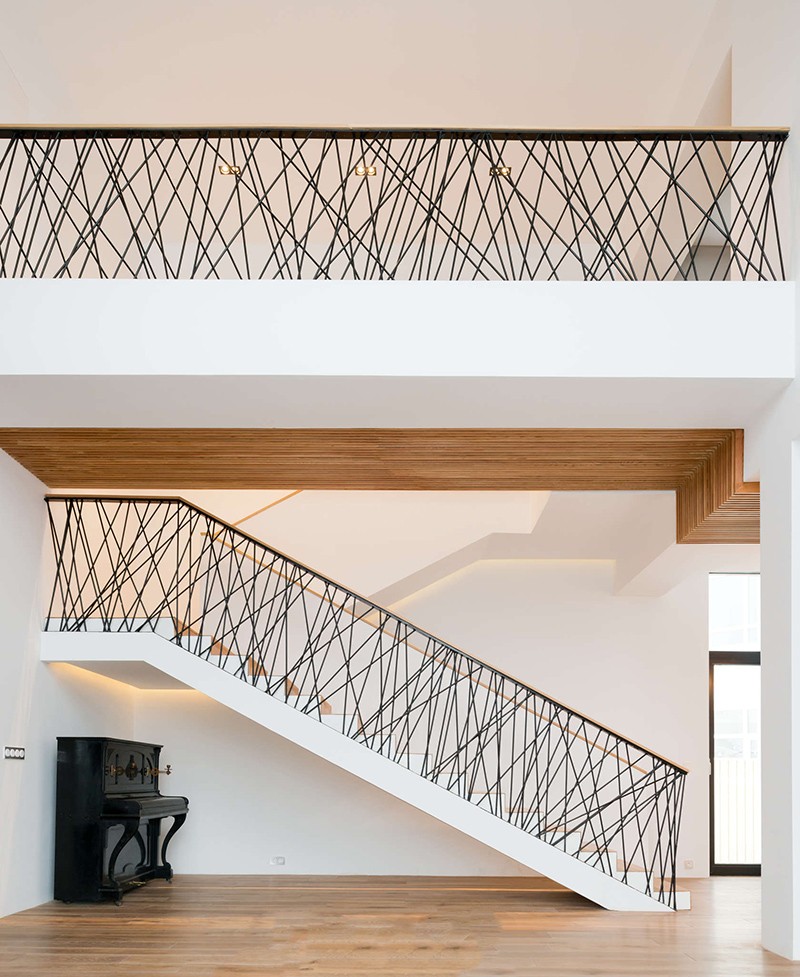
1. Wrought Iron Railings
Wrought iron railings are a popular choice for their elegance and durability. They can be designed in various patterns, adding classic charm to any interior.
- Pros: Durable, customizable, timeless appeal.
- Cons: Can be expensive and heavy.
2. Wooden Railings
Wooden railings provide a warm, inviting look. They are versatile and can suit various styles, from rustic to modern.
- Pros: Aesthetic warmth, easy to customize, and versatile.
- Cons: Requires maintenance and may warp over time.
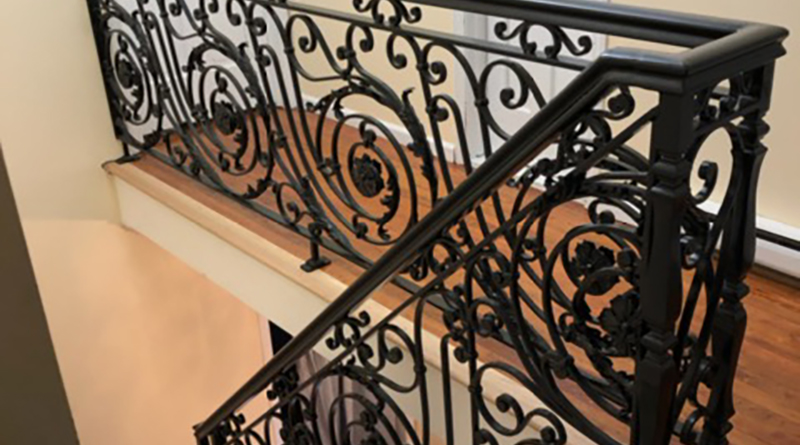
3. Glass Railings
For a modern and open feel, glass railings are an excellent choice. They allow unobstructed views and work well in contemporary settings.
- Pros: Sleek appearance, easy to clean, and maximizes light.
- Cons: Can be prone to scratches and may need frequent cleaning.
4. Cable Railings
Cable railings offer a minimalist design that blends beautifully with modern architecture. They provide safety while maintaining an open feel.
- Pros: Durable, contemporary style, and unobtrusive.
- Cons: Can be expensive and may require regular tension adjustments.
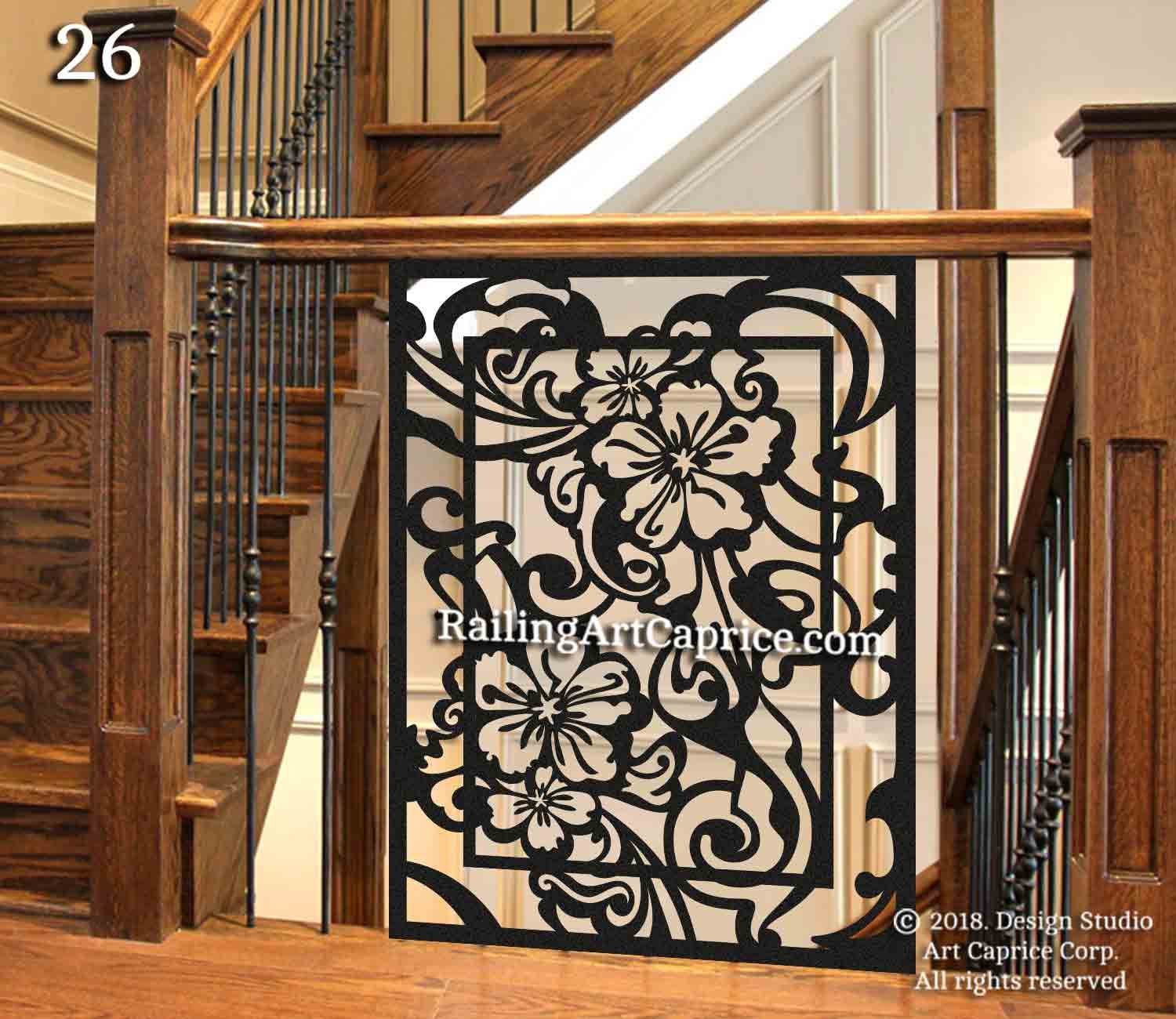
Choosing the Right Material for Your Decorative Stair Railing
Comparing Materials
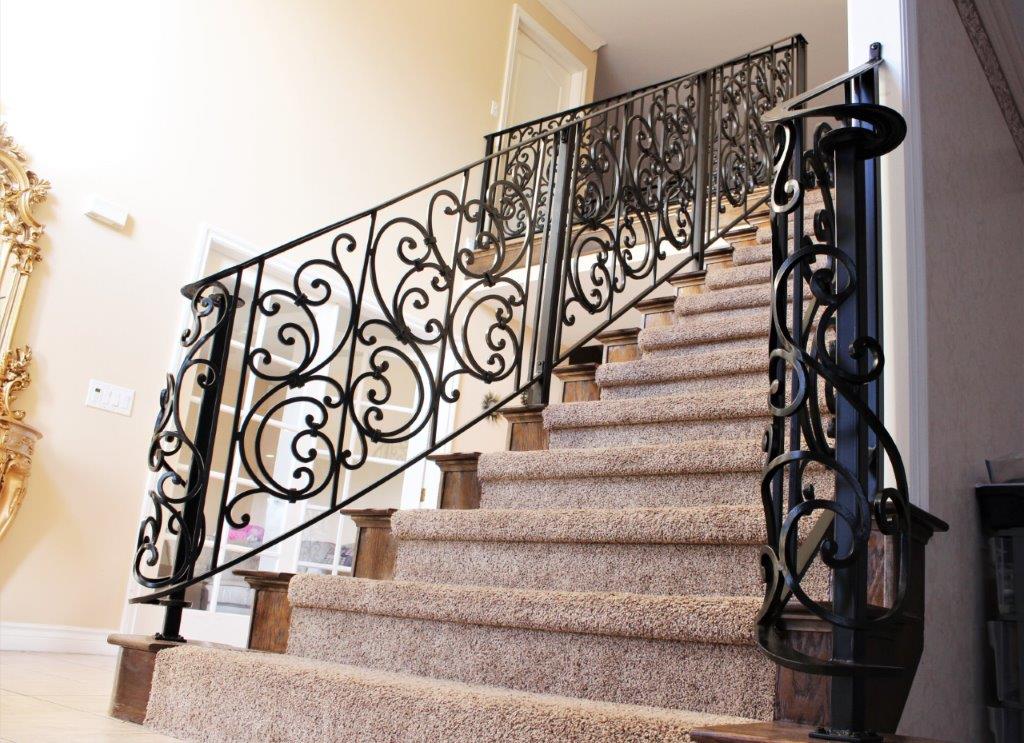
| Material | Durability | Maintenance | Aesthetic Appeal | Cost |
|---|---|---|---|---|
| Wrought Iron | High | Medium | Classic | High |
| Wood | Medium | High | Warm | Medium |
| Glass | High | Low | Modern | High |
| Cable | High | Low | Minimalist | High |
Installation Process for Decorative Stair Railings
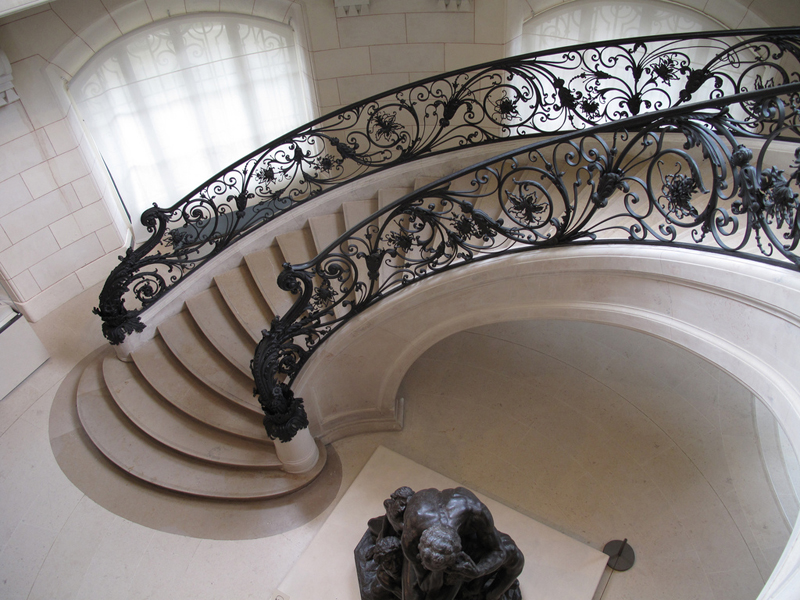
Installing decorative stair railings can be a DIY project or a professional job, depending on your skills and the complexity of the design. Below are general steps to consider if you’re opting for a DIY approach.
Step-by-Step Guide

- Gather Your Materials: Ensure you have all the necessary materials, tools, and safety gear.
- Measure Your Stairs: Accurate measurements are key to ensuring a perfect fit.
- Mark the Installation Points: Use a level to mark where the railing will be attached.
- Attach the Posts: Secure the posts to the floor and allow for proper drying time.
- Install the Railing: Follow the manufacturer’s instructions for attaching the railing.
- Final Touches: Check for stability and make any adjustments needed.
Maintenance Tips for Your Decorative Stair Railings
To keep your decorative stair railings looking new, regular maintenance is essential. Here are some maintenance tips based on the type of material:
For Wrought Iron
- Clean regularly with a damp cloth.
- Inspect for rust and apply a protective sealant.
For Wood
- Dust frequently and apply polish to maintain the finish.
- Check for signs of wear and consider refinishing every few years.
For Glass
- Use glass cleaner to keep the surface clear.
- Inspect for chips or cracks regularly.
For Cable
- Regularly check the tension of the cables.
- Clean with mild detergent and water.
Cost Considerations for Decorative Stair Railings
The cost of decorative stair railings can vary widely depending on the material, design complexity, and installation method. On average, here is what you might expect to pay:
Estimated Costs by Material
| Material | Price per Linear Foot |
|---|---|
| Wrought Iron | $30 – $100 |
| Wood | $15 – $60 |
| Glass | $50 – $100 |
| Cable | $25 – $70 |
Personal Experience: Choosing My Decorative Stair Railing
When I renovated my home, choosing a decorative stair railing felt like a daunting task. Initially, I leaned towards wrought iron for its timeless beauty. However, after considering my small children and the modern aesthetic of my home, I ultimately chose a glass railing. The result was stunning! The open feeling and unobstructed views made my space feel larger and more inviting.
Frequently Asked Questions (FAQs)
1. What are the building codes for stair railings?
Building codes vary by location, but typically require railings to be at least 36 inches high and installed within specified distances from the edge of the stairs. Always check local regulations before installing a new railing.
2. Can I paint my wood railing?
Yes! Painting wood railings can provide a fresh look and protect against wear. Be sure to use a suitable primer and paint for best results.
3. Are glass railings safe for homes with children?
Yes, glass railings can be safe for homes with children, provided they are made of tempered glass and installed correctly. Glass railings also eliminate gaps that children could get stuck in.
4. How do I know if my railing needs replacement?
If your railing feels loose, has visible damage, or shows signs of rust or rot, it may be time to consider replacing it. Regular inspections will help you catch any issues early.
Conclusion
Decorative stair railings are a beautiful addition to any home, providing both safety and style. With various materials and styles to choose from, it’s important to consider your home’s design, functionality, and your personal taste when selecting a railing. Whether you opt for the classic appeal of wrought iron, the warmth of wood, or the modern touch of glass, the right railing can enhance your home’s beauty and value. I hope this guide has equipped you with the information needed to make an informed decision. Happy decorating!